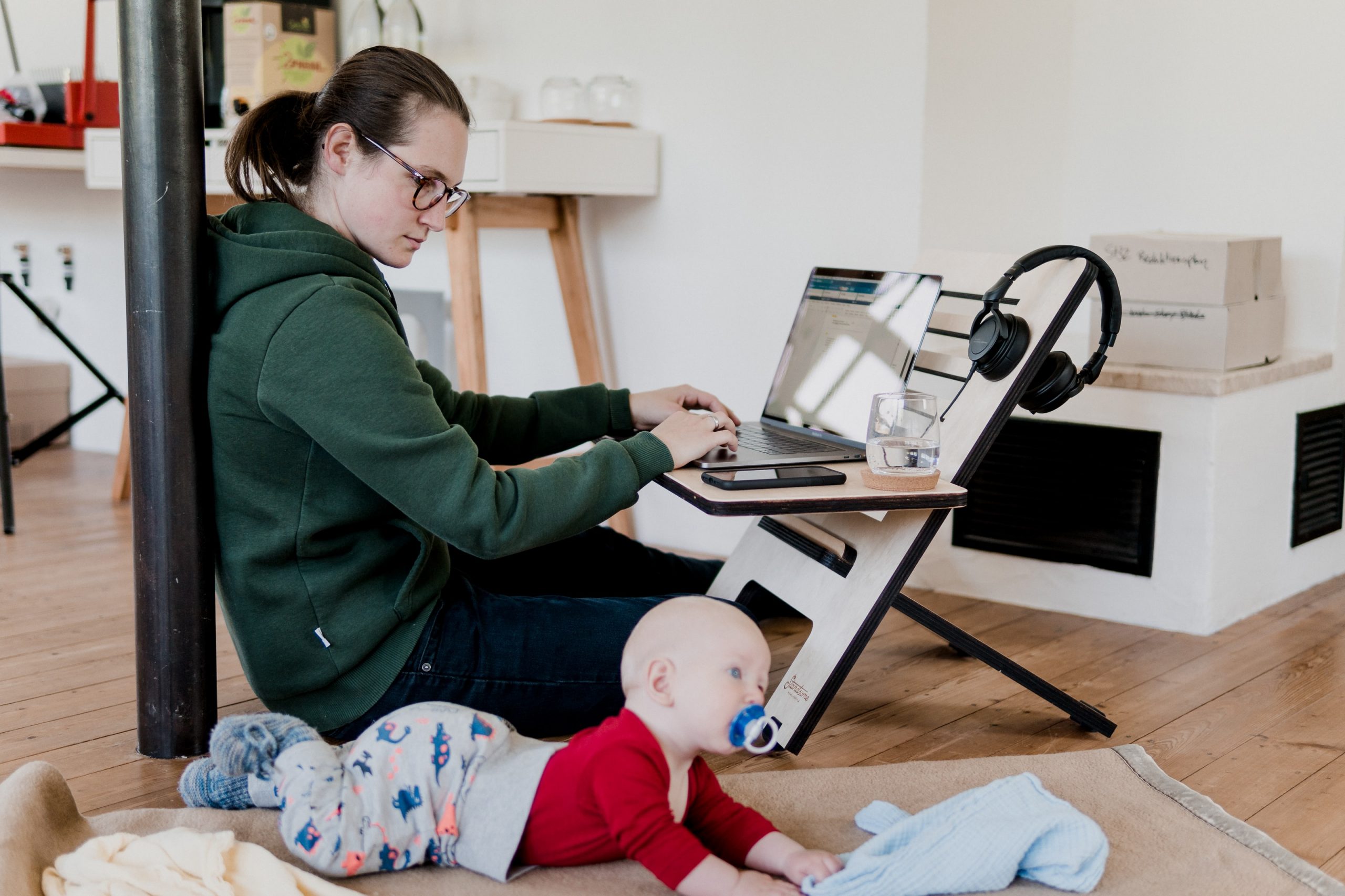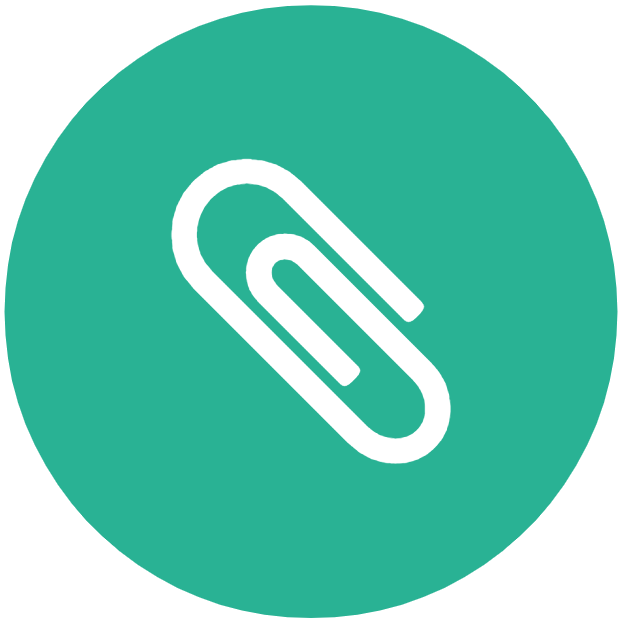Combating fatigue while working remotely in 2021

The arrangement could have seemed perfect at first: no walk, all-day sweatpants, and a break from going into the office. However, as the pandemic drags on with no solution in sight, exhaustion and burnout have emerged as major concerns for many remote workers. “It’s getting more difficult to distinguish our personal and professional lives.
When you work from home, your concentration is divided, for instance, your dog is barking, your wife might be working next to you, your kids are running everywhere — and your concentration needs more emotional energy,” says Kelcey Stratton, Ph.D., a clinical psychologist at Michigan Medicine who specializes in stress, trauma, and resilience. “We’re exhausted by the end of each day.”
Experts maintain adopting the following tactics to help reduce work-from-home tension and technology fatigue as the environment ceases to operate in this new pandemic age. Here are four (4) tips for combating fatigue:
Instead of video conferences, use phone calls.
Taking a break from your regular schedule Zoom meetings might be exactly what you need, according to Stratton.
“It’s a nice change of pace to just concentrate on someone’s tone and connect in that way.” “It’s a new test for our brains,” Stratton states. “We’re constantly dividing our energy during video calls. We’re not concentrating on a single speaker; instead, we’re looking at all of these different displays. We’re still keeping an eye on how we appear and what’s in our history, which is different from before.”
Make those meetings a phone or conference call rather than a face-to-face meeting to stop the discomfort of “being on.”
Multitasking should be avoided.
Even if you think you’ve grasped the concept of consistently writing emails and engaging in a conference call, Stratton believes that doing so takes more resources.
“You just cannot do two tasks at the same time; you have to go back and forth,” Stratton says, emphasizing that multitasking can lead to exhaustion due to the constant shifting between multiple viewpoints on your attention and focus.
Instead, Stratton advises being more conscious and focused on a single mission. To help you focus on only one activity, close all unnecessary applications and browser windows, place your phone out of reach, and toggle off all other distractions.
Schedule fewer meetings
Consider the meetings you had arranged ahead of time before COVID struck. Is it still important to have all of them? Is it necessary for everyone who has been invited to attend? Is it possible to make them shorter? “Not that we want to miss all of these meetings, but changing priorities and demands and doing it in an innovative way, while allowing time to relax and heal, can be critical.” Replace those meetings with informative emails, or merge meetings that are likely to be repeated.
Take frequent micro-breaks.
Stratton advises taking a break in between sessions.
“One thing I’ve found is that every meeting begins and finishes on the hour or half-hour. “There should be more of a mini-break to refresh after meetings while in person, even though that break meant going down the block to another office,” Stratton says. When a call finishes, walk away from the screen, stretch out your body, breathe deeply, relax, rest your eyes, and/or step outside for a few moments to change things up.
“These may seem meaningless, but they are helpful in resetting our mental energy.” Often, think about how long the meetings are. Can any of them be limited to 45 or 50 minutes rather than an hour?


